Lesson 4: Direct Objects, Compound Sentences
In this lesson, we add direct objects to our sentences, and learn to work with compound verbs. We will use the same vocabulary that you'll find jan Pije’s lesson 4.
Lesson 4: Direct Objects, Compound Sentences
In this lesson, we add direct objects to our sentences, and learn to work with compound verbs. We will use the same vocabulary that you’ll find jan Pije’s lesson 4.

ilo

jo

kili

lukin

ni

pakala

ona

unpa

pipi

wile

ma

ijo

e
Direct objects using e
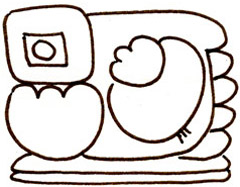
mi moku e kili.
In lesson three, we saw how li works as a container for the verb. The separator e works in the same way, by forming a container for the direct object.
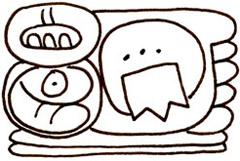
ona li lukin e pipi.
three block structure
We are now looking at sentences with a subject, verb, and direct object. This translates into 3 glyph blocks:
- [S] subject
- [V] verb (infixed in ‘li’ if the subject is not mi or sina)
- [DO] direct object infixed in e.
Remember how we move down and to the right? We also want to keep each sentence as compact as possible, not strung out in a long line. Here are two useful arrangements for a three-block sentence:
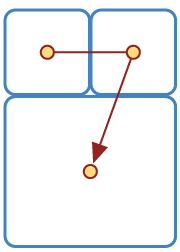
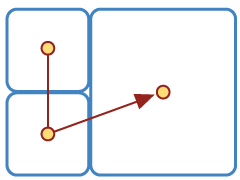
Notice how in both cases, one of the blocks is larger in size? This keeps the sentence in a relatively square shape. It also clues us in to the direction that the sentence is to be read. You must read either across an entire row, or down an entire column.
don’t crowd your composition
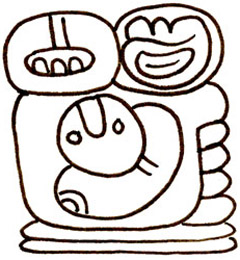
ona li pona e ijo.
When deciding how to lay out your sentences, the important thing to consider is information density. Make sure you don’t end up cramming a bunch of information into a small space. That’s why we wouldn’t choose to have a large S block, followed by small V and DO blocks.
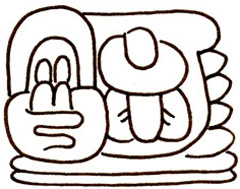
sina jo e ilo.
Verb phrases using wile

sina wile unpa.
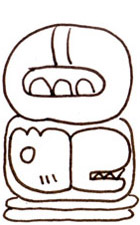
ona li wile pakala.
When using sentences with verb phrases, the entire verb phrase is infixed in li. Think of li and everything inside as one block, and follow the same block structure rules that we have been learning all along.
When the subject is mi or sina, we aren’t bound by li containing the verb. It’s still a good idea, however, to keep a verb phrase together, for visual clarity.
Direct objects using e with wile

ona li wile pakala.
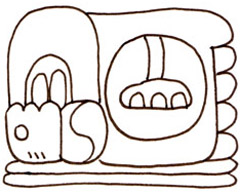
sina wile unpa e ona.
Adding a direct object to the above sentences is easy. Simply add the direct object infixed in e either below or to the side of the entire subject/verb block.
Compound sentences

pipi li lukin li unpa.
Now we can really see how this script treats language as spatial, rather than linear. In this respect, long compound sentences can prove an organizational challenge, since a string of verbs or direct objects is naturally linear.
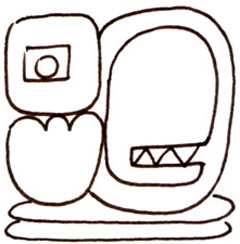
mi moku li pakala.
A grouping of a couple verbs or direct objects, however, can still be managed quite easily. In a sentence with two verbs, the three block structure from above will still work.
four equal sized blocks
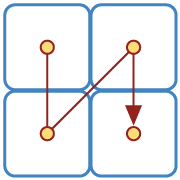
Sometimes the best organization is four blocks of equal size. To avoid ambiguity, four block structures are always read down the columns, from left to right.
two direct objects
One good example of the four block structure is a sentence with two direct objects. They naturally fall into four components:
- Subject block
- Verb block
- Direct object 1
- Direct object 2
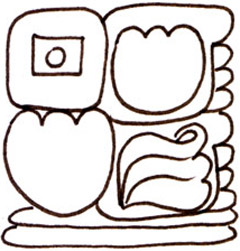
mi moku e moku e telo.
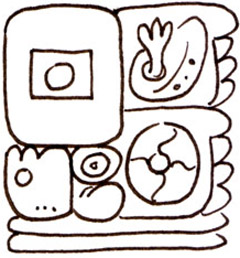
mi wile lukin e ma e suno.
Columns and rows
Now that our sentences are getting longer, we’ve started to talk about block structure in terms of columns and rows. If this is still a little confusing to visualize, don’t worry. In the next lesson we will look more closely at how this works.
